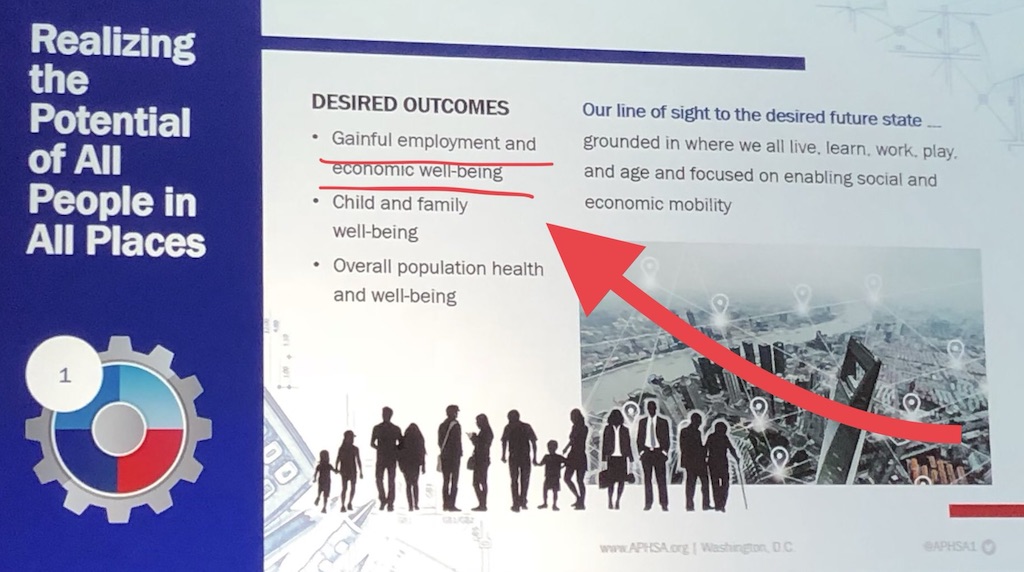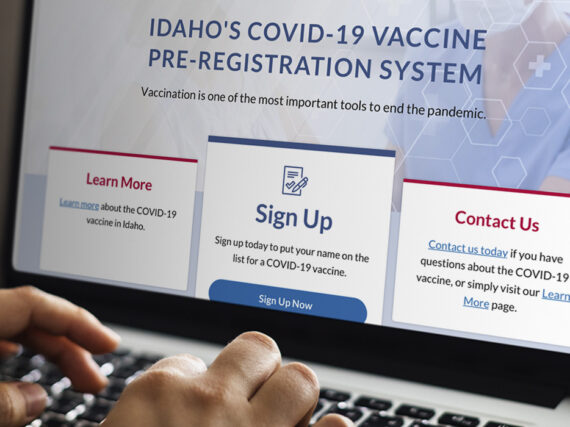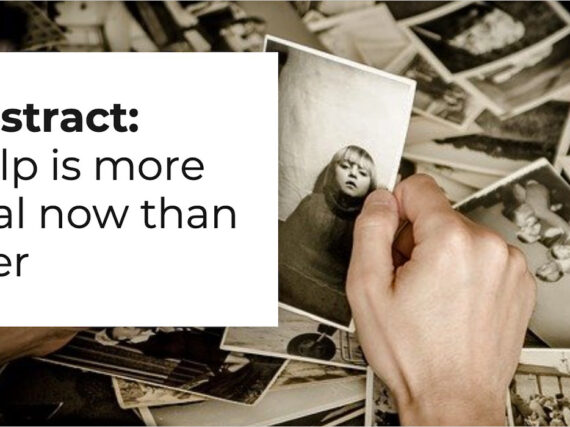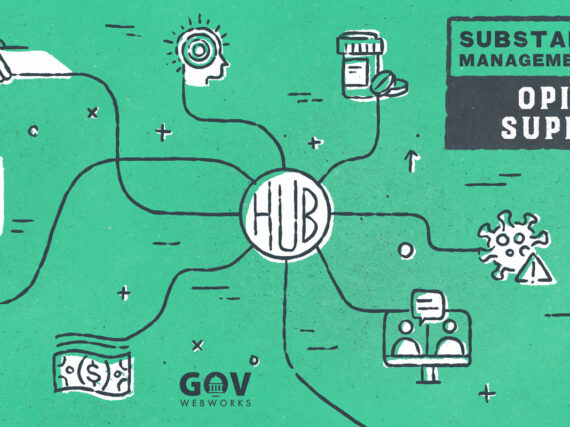One of the early themes emerging from the American Public Human Services Association (APHSA) Health and Human Services (HHS) Summit is the importance of fostering economic self-reliance, with an emphasis on building engagement in meaningful employment.
This is obviously a politically expedient theme, no doubt influenced by the current administration as it looks to expand work requirements for more federal programs. This also comes during a time of historically low unemployment rates that demand we swell the ranks of available workers.
We see this as an opportunity to look at the ways in which collaboration around work requirements can bridge institutional and political silos and help communities prosper.
Work requirements
The devil is in the details when it comes to work requirements, as mentioned in my last post, How Software Supports Welfare-to-Work Options. Work requirements without effective counseling and support are not as effective as “mandatory mixed-initial-activity programs” that keep the bigger picture in mind, according to this study by MDRC.
Here at the HHS Summit, it has been great to see thought leadership on this topic from groups like ICF and the Port Covington public-private partnership. Also the very real progress in crafting thoughtful programs, such as the Targeted Mobility Coaching Theory showcased by the DC Department of Human Services.
While many agencies focus on a “social determinants” approach, Steven Wagner, Acting Assistant Secretary for ACF, says there can be a disconnect between federal, state, and local goals regarding program priorities.
It seems obvious to me that fostering true economic self-reliance requires a multi-level, multi-agency approach that cuts across the institutional silos.
Fostering collaboration
Here, too, there are signs of progress. The solution touted at the HHS Summit is collaboration. In her opening session, “APHSA: What Will We Look Like In 2022”, APHSA President and CEO, Tracy Wareing Evans introduced APHSA’s strategic playbook for the next five years.
As a bipartisan, nonprofit membership organization, APHSA “seeks to influence modern policies and practices that support the health and well-being of all children and families,” with the goal of fostering stronger communities.
The APHSA playbook highlights its efforts to foster collaboration with its Collaborative Centers. The three centers are respectively focused on 1) children and families, 2) employment and economics, and 3) a national collaborative for the integration of HHS. They aim to support the following goals, among others:
- Develop and advance campaigns for policy change
- Elevate innovations and solutions
- Develop tools and guidance for the field
Hurrah, we say, and let’s not stop with HHS. Why not explore collaboration with education and labor as well?
Different paths to success
Following the strategic plan session, a panel of HHS leaders discussed the frameworks and common approaches that helped guide the APHSA Playbook. These included social determinants of health, whole family approaches, and other collaborative efforts.
Titled “Expanding the Sandbox,” several panel members shared their ideas for driving communities towards economic prosperity:
- Community Based Organizations (CBOs): The CBOs are often the unsung heroes in human services. However, by being community focused, rather than program focused, they are inherently building local solutions, rather than a one-size-fits-all approach. The key is ensuring that CBOs are aware of, and have access to, all available program options. They can then “curate” solutions for their clients, driving better outcomes for specific locations or populations based on options.
- State driven One-Stop-Shops: In Indiana, Jennifer Walthall, Secretary, Indiana Family and Social Services Administration, shared that in response to an HIV outbreak, they set up several “one-stop” response centers. However, instead of stopping at HIV diagnosis and treatment they expanded the capabilities to include other services. These included health insurance counseling, birth certificate access, driver license renewal, and employment counseling. “HIV saved my life,” said a client, through the connections to other services that getting treatment enabled.
- Blended state/country/CBO approach: In Mecklenberg County, NC, Rodney Adams, Director, Mecklenburg County Department of Community Resources, shared that they had responded to their own challenges by working first with community leaders to identify the challenges and then co-locating state and county services in the community alongside CBOs. Again, employing a one-stop approach, this time by collaborating with CBOs, they were able to apply county and state services where needed, and not where they weren’t.
In summary
Certainly, economic self-reliance is a worthy outcome for APHSA and its members to pursue. So far, it’s been encouraging to see the dedication of organizations in embracing the expanding work requirements in the effort to build self-reliance.
With techniques that have been honed with SNAP and TANF, many tools are ready to deliver meaningful results. (Check out Idaho’s Employment and Training System.) With any program however, good thoughts and tools alone are not enough. We need to lean on lawmakers to provide adequate funding to support the process.
As mentioned by ICF regarding work requirements, we are looking at a “transformational shift to a culture of health framework” with “measurable outcomes focused on family self-sufficiency.” This is partly, but not all, about hours worked. It is about a big picture of healthy families that requires collaboration by all those involved in labor, education, and human services.
Learn more
- Agenda: APHSA HHS Summit
- How Software Supports Welfare-to-Work Options: GovWebworks Blog
- Contact us to learn more about our online service discovery and delivery tools
Author bio
Tom Lovering is the Director of Client Engagement at GovWebworks, and has worked for the parent company, Portland Webworks, since 2008. When not attending conferences and engaging clients, he can be found coaching the original scrum on the rugby field.







